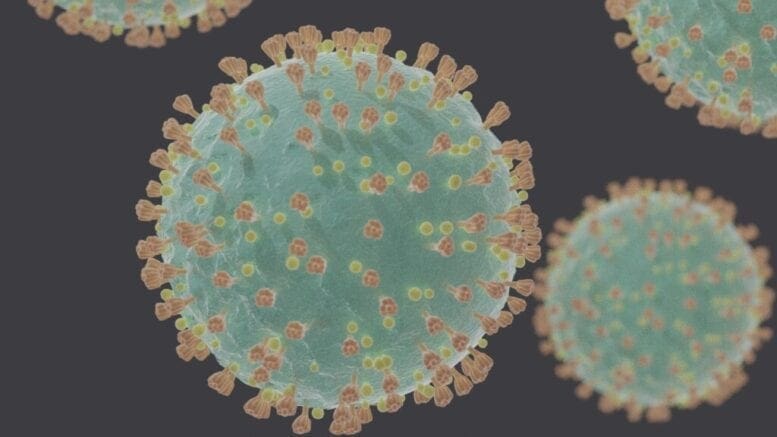Gov. Brian Kemp issued an executive order regarding the COVID-19 pandemic on August 15, which will be effective until August 31.
The state is already under a State of Emergency which has been extended until the end of September.
What does the order do?
The order mandates social distancing, but does not mandate the wearing of masks (a practice recommended by the CDC to slow the spread of COVID-19).
The order prohibits “Gatherings of persons,” but makes exceptions for religious services, sporting events, or business meetings.
“Gathering” is further defined as groups of more than 50 people.
Shelter-in-place is ordered for at-risk individuals, including nursing home residents, people with chronic lung diseases, severe heart disease, asthma, and immunocompromised individuals.
The definition also includes people with diabetes, severe obesity, liver disease and people undergoing dialysis for kidney disease.
The order does not close restaurants, but requires that they: screen workers, send workers home who test positive, require teleworking for those staff who can do so, and mandate that workers who interact with patrons wear masks or face shields.
For more background on Georgia’s COVID-19 crisis
The daily status report from the Georgia Department of Public Health is posted daily at 3 p.m.
In addition to the total confirmed cases, hospitalization and death, the report includes other information such as demographic breakdown by race/ethnicity, sex and age.
You can also download the data in CSV format at this link, so you can open it in a spreadsheet and build different views of the data yourself.
There is also a guide to understanding the data here.
The Georgia Department of Public Health describes the data collection process as follows:
The Daily Status Report is updated once daily at 3 p.m. Data are reported to the Georgia Department of Public Health (DPH) from numerous labs, hospitals and providers in various ways.
Electronic Laboratory Reports (ELR) are data files transmitted to DPH that contain patient identifiers, test information and results. Individual “case” reports may also be submitted through DPH’s secure web portal, SendSS, from healthcare providers and other required reporters. These reports often contain more specific patient information. In either reporting scenario, data may be incomplete.
Data displayed on the DPH Daily Status Report reflect the information transmitted to DPH, but may not reflect all current tests or cases due to timing of testing and data reporting
